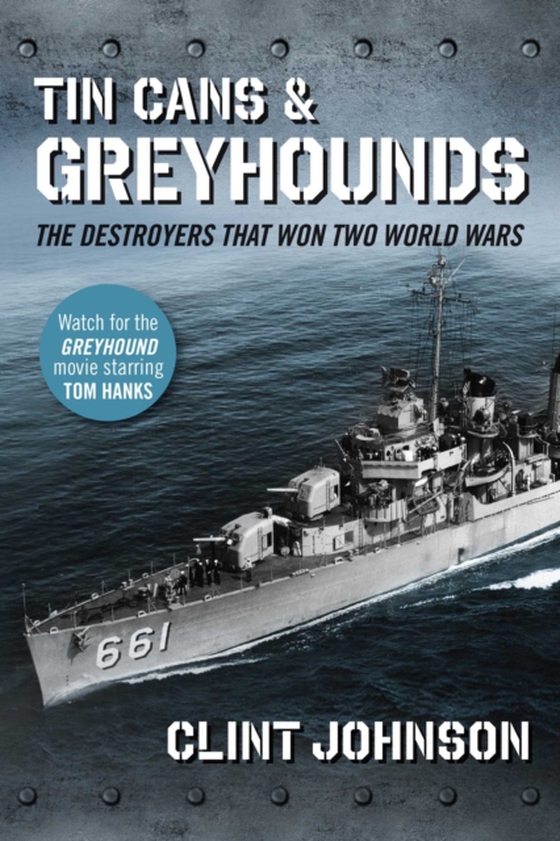
Tin Cans and Greyhounds e-bog
113,76 DKK
(inkl. moms 142,21 DKK)
For men on destroyer-class warships during World War I and World War II, battles were waged ';against overwhelming odds from which survival could not be expected.' Those were the words Lieutenant Commander Robert Copeland calmly told his crew as their tiny, unarmored destroyer escort rushed toward giant, armored Japanese battleships at the Battle off Samar on October 25, 1944. This action-pac...
E-bog
113,76 DKK
Forlag
Regnery History
Udgivet
12 februar 2019
Længde
320 sider
Genrer
1KBB
Sprog
English
Format
epub
Beskyttelse
LCP
ISBN
9781621577676
For men on destroyer-class warships during World War I and World War II, battles were waged ';against overwhelming odds from which survival could not be expected.' Those were the words Lieutenant Commander Robert Copeland calmly told his crew as their tiny, unarmored destroyer escort rushed toward giant, armored Japanese battleships at the Battle off Samar on October 25, 1944. This action-packed narrative history of destroyer-class ships brings readers inside the half-inch-thick hulls to meet the men who fired the ships guns, torpedoes, hedgehogs, and depth charges. Nicknamed tin cans or greyhounds, destroyers were fast escort and attack ships that proved indispensable to Americas military victories. Beginning with destroyers first incarnation as torpedo boats in 1874 and ending with World War II, author Clint Johnson shares the riveting stories of the Destroyer Men who fought from inside a tin canrisking death by cannons, bombs, torpedoes, fire, and drowning. The British invented destroyers, the Japanese improved them, and the Germans failed miserably with them. It was the Americans who perfected destroyers as the best fighting ship in two world wars. Tin Cans & Greyhounds compares the designs of these countries with focus on the old, modified World War I destroyers, and the new and numerous World War II destroyers of the United States. Tin Cans & Greyhounds details how destroyers fought submarines, escorted convoys, rescued sailors and airmen, downed aircraft, shelled beaches, and attacked armored battleships and cruisers with nothing more than a half-inch of steel separating their crews from the dark waves.
 Dansk
Dansk

